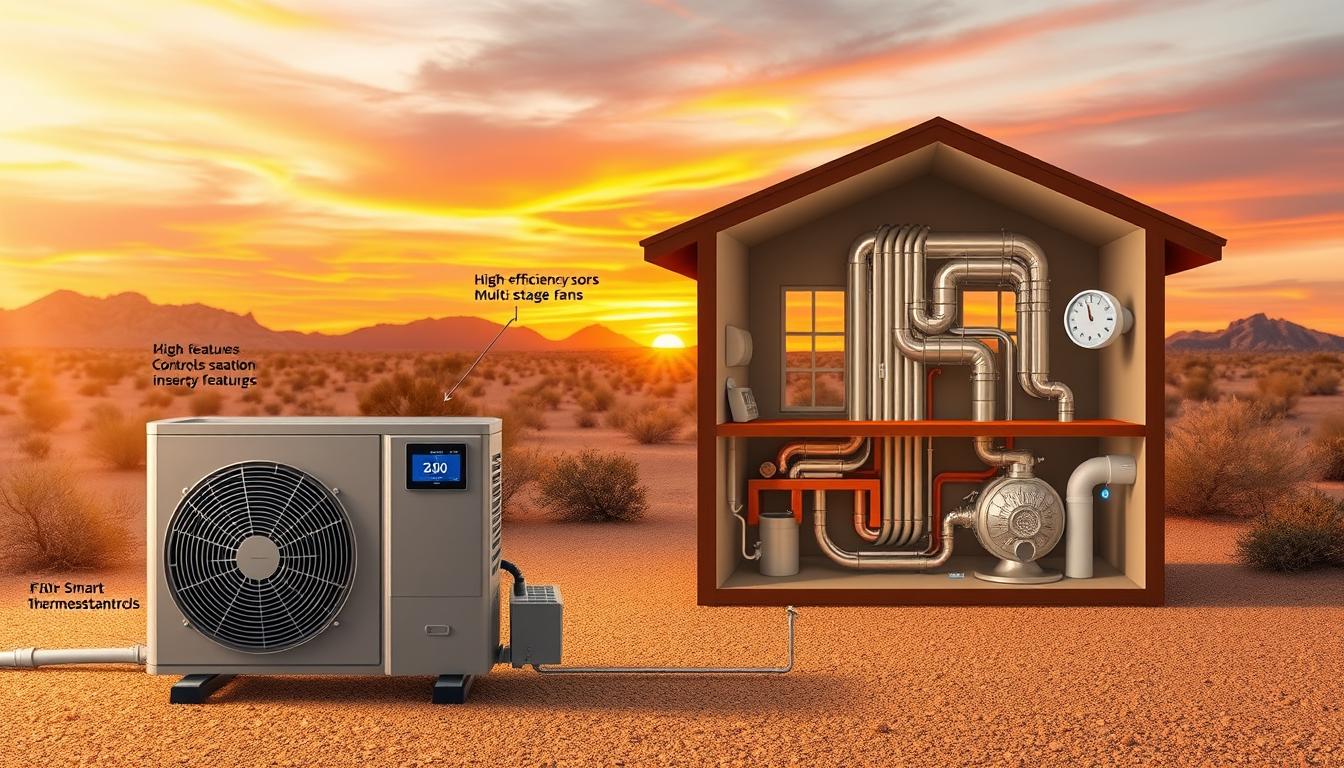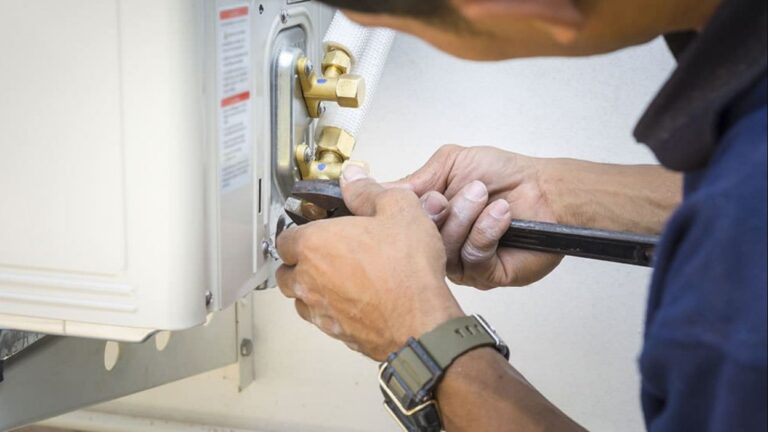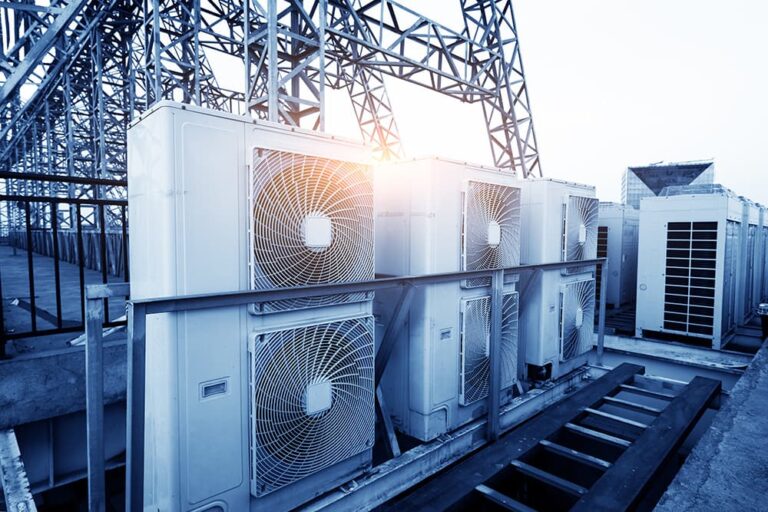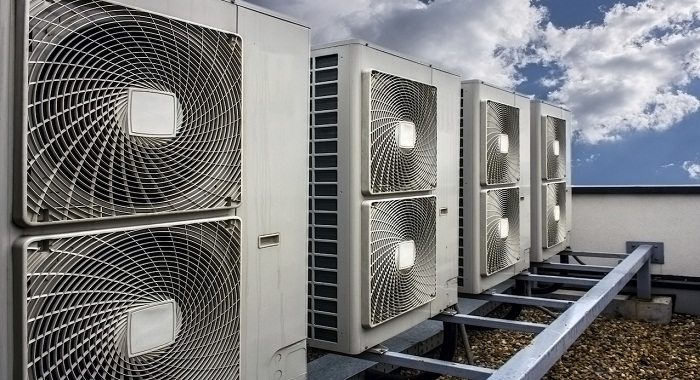HVAC Energy Saving Tips That Actually Work in Arizona
Arizona homeowners face a unique challenge when it comes to managing energy consumption, particularly during the scorching summer months. The extreme temperatures demand more from your heating and cooling systems, leading to higher utility bills.
Implementing effective energy savings tips can significantly reduce your expenses while maintaining comfort in your home. This comprehensive guide will explore practical strategies tailored to Arizona’s climate, focusing on improving your system’s efficiency.
By understanding the science behind energy efficiency and adopting daily habits, you can make a noticeable difference in your energy consumption. Our guide is designed to provide actionable advice that doesn’t require extensive technical knowledge or expensive investments.
Key Takeaways
- Learn how to optimize your heating and cooling systems for Arizona’s climate.
- Discover practical daily habits to reduce energy consumption.
- Understand the science behind energy efficiency.
- Implement cost-effective strategies to improve your system’s performance.
- Enjoy improved home comfort while reducing energy costs.
Understanding Arizona’s Unique Climate Challenges
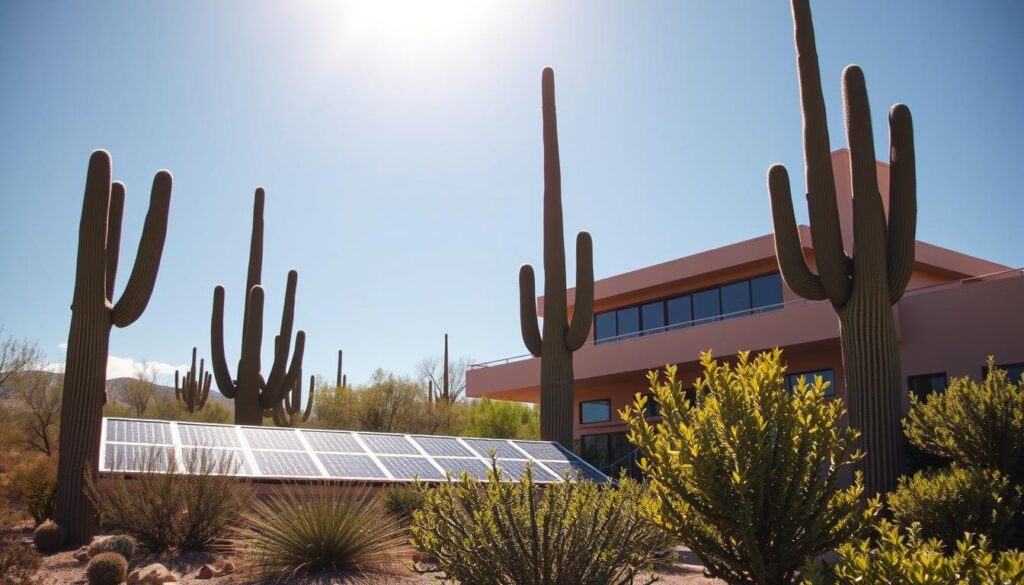
With temperatures soaring to extreme highs, Arizona’s climate demands special consideration for HVAC management. The state’s desert climate is characterized by intense heat during the summer months, significantly impacting the performance and energy efficiency of heating, ventilation, and air conditioning systems.
Extreme Heat and Its Impact on HVAC Systems
Arizona’s climate presents extreme challenges for HVAC systems, with temperatures regularly exceeding 110°F during summer months. This intense heat puts enormous strain on cooling equipment, forcing it to work harder and consume more energy. Understanding how extreme heat impacts your HVAC system is crucial for implementing effective energy efficiency measures.
| Temperature Range (°F) | Impact on HVAC | Energy Consumption |
|---|---|---|
| 90-100 | Moderate strain | Increased |
| 100-110 | High strain | Significantly increased |
| Above 110 | Extreme strain | Maximum capacity |
Seasonal Variations and Energy Consumption Patterns
The intense desert heat creates unique energy consumption patterns, with air conditioning systems often running continuously from May through September. While Arizona’s low humidity levels provide some advantages for evaporative cooling options, the dramatic temperature swings between day and night require special consideration when programming thermostats and managing heating cooling cycles.
Proper insulation becomes particularly important in Arizona homes to create an effective thermal barrier against the intense heat. By understanding these climate factors, homeowners can implement region-specific strategies for optimal energy management and reduce their energy bills.
The Science Behind HVAC Energy Efficiency

The principles of thermodynamics play a vital role in determining the energy efficiency of HVAC systems in Arizona’s harsh climate. To appreciate how HVAC systems can be optimized for energy savings, it’s essential to understand the science behind their operation and efficiency.
Key Energy Efficiency Ratings Explained
HVAC systems are rated based on their energy efficiency, with metrics such as SEER (Seasonal Energy Efficiency Ratio), EER (Energy Efficiency Ratio), and HSPF (Heating Seasonal Performance Factor) providing insights into their performance. SEER measures the cooling output divided by the energy consumed in kilowatt-hours, offering a seasonal perspective on efficiency. The higher the SEER rating, the more energy-efficient the system. EER, on the other hand, measures efficiency under strict laboratory conditions, providing a snapshot of performance at peak load conditions. HSPF ratings assess the efficiency of heat pumps in both heating and cooling modes.
How Arizona’s Climate Affects HVAC Performance
Arizona’s extreme heat significantly impacts HVAC performance, as high ambient temperatures force systems to work harder, consuming more energy to achieve the desired cooling effect. Understanding this impact is crucial for homeowners looking to maintain comfort while minimizing energy costs. Modern HVAC technology incorporates features designed to mitigate these challenges, ensuring that systems remain efficient even in extreme conditions.
By grasping the science behind HVAC energy efficiency and understanding how Arizona’s climate affects system performance, homeowners can make informed decisions about their HVAC systems, potentially saving hundreds of dollars annually on utility bills.
Optimal Thermostat Settings for Arizona Homes

The key to maximizing HVAC performance in Arizona lies in understanding the optimal thermostat settings for both summer and winter. Achieving a balance between comfort and energy efficiency is crucial, especially in a state known for its extreme temperatures.
Summer Temperature Recommendations
During the summer months, energy experts recommend setting your thermostat to 78°F when you’re home and active. This temperature provides reasonable comfort while minimizing energy consumption. If you have a ceiling fan, you may be able to raise the temperature to 80 degrees or higher, further reducing your cooling costs.
Winter Temperature Settings
In the winter, thermostat settings should typically be around 68°F when you’re home during the day. Lower settings at night or when away can help maximize heating efficiency. Programming your thermostat to a temperature setting of 68 degrees or lower during the day and even cooler at night can make a significant difference in your energy bills.
Smart Thermostat Programming Strategies
Smart thermostat technology has revolutionized temperature management by allowing precise programming based on your daily schedule and preferences. Programming your smart thermostat to automatically adjust temperature settings throughout the day can reduce energy usage by 10-15% annually. The most effective strategy includes setting higher temperatures when you’re away and scheduling the system to reach comfortable temperatures shortly before you return home.
Essential HVAC Maintenance for Maximum Efficiency

To maximize your HVAC system’s efficiency in Arizona’s harsh desert climate, regular maintenance is not just recommended, it’s essential. The extreme temperatures and dusty conditions in Arizona demand more from your HVAC system, making consistent upkeep crucial for optimal performance and energy efficiency.
Seasonal Maintenance Checklist
A comprehensive seasonal maintenance checklist is vital to ensure your HVAC system operates at peak efficiency. This checklist should include inspecting ductwork, cleaning coils, checking refrigerant levels, and ensuring proper airflow throughout the system. By doing so, you can prevent potential issues before they become major problems, especially during the extreme summer and winter seasons.
Filter Replacement Schedule for Desert Conditions
Arizona’s dusty conditions necessitate more frequent filter replacements than the national average. Most homes require new filters every 30-60 days to maintain optimal air quality and system efficiency. Dirty filters can reduce system efficiency by up to 15%, forcing your HVAC to work harder and consume more energy to maintain desired temperatures.
Professional vs. DIY Maintenance
While some maintenance tasks can be performed DIY, such as regularly cleaning vents and ensuring outdoor units are free from debris, professional maintenance should be scheduled at least twice yearly. Ideally, this should be done before the summer and winter seasons to ensure your HVAC system is operating at peak efficiency when you need it most. Professional maintenance can help prevent costly emergency repairs and is typically offset by the energy savings from an efficiently running system.
By establishing a regular maintenance schedule, you can significantly reduce energy consumption and extend the life of your HVAC system. This proactive approach not only saves on costs but also ensures a comfortable indoor environment throughout the year.
Upgrading Your HVAC System for Energy Savings
For homeowners in Arizona, upgrading their HVAC system is a crucial step towards achieving significant energy savings and improving home comfort.
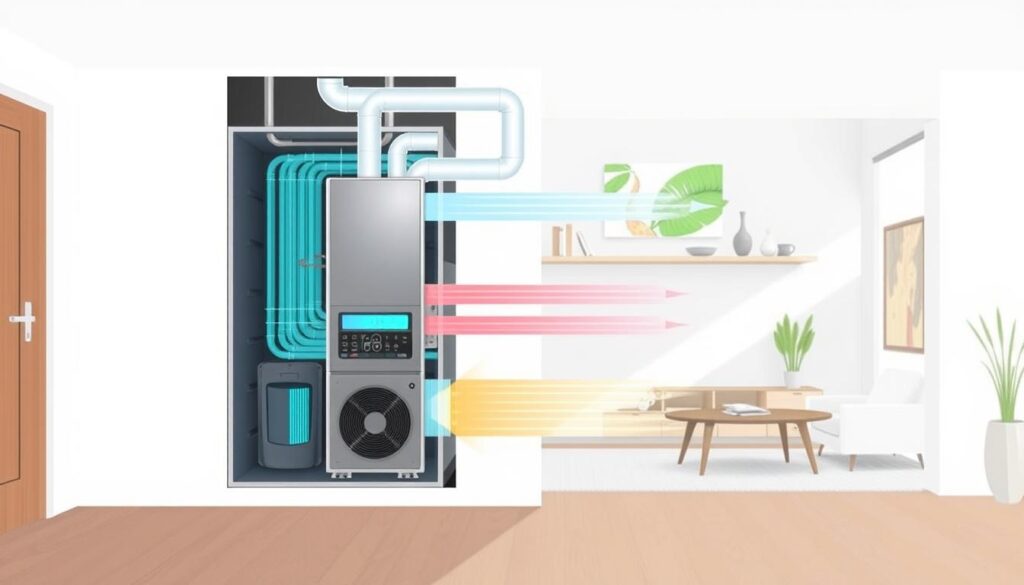
When to Replace vs. Repair
Knowing when to upgrade your HVAC system is crucial. If your system is more than 15 years old and has required frequent major repairs, it may be time to consider replacement. Modern energy-efficient equipment can provide substantial energy savings and reduce your utility bills.
The 15-year rule is a good guideline—if your system is older than 15 years, replacement is often more cost-effective than continued repairs, especially considering the efficiency gains in modern equipment.
Choosing the Right Size System for Your Home
Proper sizing is critical when selecting a new HVAC system. An oversized system will short cycle and waste energy, while an undersized system will run continuously and struggle to maintain comfortable temperatures.
Professional load calculations (Manual J) are essential for determining the right size system for your specific home, taking into account square footage, insulation levels, window placement, and Arizona’s climate.
Energy-Efficient Features to Look For
When shopping for a new system, look for the ENERGY STAR label, which indicates the unit meets strict efficiency guidelines established by the EPA.
Features like variable-speed technology and multi-stage compressors are particularly valuable in Arizona, as they allow systems to run at lower speeds during moderate weather while still having capacity for extreme heat.
Consider a heat pump, the most advanced and efficient heating and cooling system available today. Heat pumps provide efficient heating during mild winters and can be paired with traditional air conditioning for optimal year-round performance.
Ductwork Optimization and Sealing
Optimizing your home’s ductwork is crucial for maximizing energy efficiency, especially in Arizona’s extreme climate. When you hook up an energy-efficient HVAC unit to a leaky duct system, it completely defeats the purpose by allowing the air to escape before it reaches the inside of your home.
Ductwork problems are among the most overlooked energy wasters in Arizona homes. The average house loses 20-30% of conditioned air through leaks and poor insulation. Common issues include separation at joints, deteriorated sealing from extreme temperature fluctuations, and damage from pests or home renovations.
Common Duct Problems in Arizona Homes
The extreme temperature differences between attics (where ducts are often located) and conditioned air can accelerate duct deterioration. Visual inspection can identify obvious duct problems, but professional testing using specialized equipment can detect hidden leaks that significantly impact energy efficiency.
- Separation at joints and connections
- Deteriorated sealing due to extreme temperatures
- Damage from pests or during home renovations
Professional Duct Sealing Solutions
Professional duct sealing solutions like Aeroseal use advanced technology to seal leaks from the inside out, reaching areas that traditional tape and mastic methods cannot access. The energy savings from professional duct sealing typically pay for the service within 2-3 years through reduced utility bills and extended HVAC system life.
| Benefits | Description |
|---|---|
| Energy Savings | Reduced utility bills through minimized air leakage |
| Improved Indoor Air Quality | Prevents dust, allergens, and pollutants from being drawn into the system |
| Extended HVAC Life | Reduces strain on the HVAC system, extending its lifespan |
Properly sealed and insulated ductwork is essential for efficient heating and cooling operations. Addressing ductwork issues should be prioritized before upgrading HVAC equipment, as even the most efficient system will underperform with leaky or poorly insulated ducts.
HVAC Energy Savings Tips for Summer Months
Arizona’s scorching summer heat demands a proactive approach to HVAC energy management to stay comfortable and reduce bills. As temperatures soar, implementing effective strategies can significantly impact your energy consumption and overall comfort.
Pre-Cooling Strategies
Pre-cooling involves running your air conditioning system during the early morning hours when outdoor temperatures are lower and electricity rates are typically cheaper. By pre-cooling your home to a lower-than-normal temperature (around 74-75°F) in the morning, you can then allow the temperature to gradually rise throughout the day while maintaining comfort. This strategy can help reduce the peak load on your HVAC system during the hottest parts of the day.
Managing Heat Gain from Windows and Doors
Windows can account for up to 30% of unwanted heat gain in Arizona homes. To manage this, close blinds and shades during the day to prevent heat buildup. Consider applying window film to minimize heat from the sun. Installing solar screens, window films, or thermal curtains can block up to 70% of solar heat while still allowing natural light into your home. External shading solutions like awnings or shade screens are particularly effective as they block heat before it enters through windows and glass doors.
Ceiling Fan Optimization
Ceiling fans create a wind-chill effect that can make a room feel 4-6 degrees cooler, allowing you to set your thermostat higher while maintaining comfort. For maximum efficiency, ceiling fans should run counterclockwise during summer to create a direct downdraft cooling effect on room occupants. Remember that fans cool people, not rooms—turn them off when leaving a room to avoid wasting energy. By combining ceiling fans with your HVAC system, you can enjoy a more energy-efficient cooling solution.
By implementing these strategies, Arizona homeowners can effectively manage their HVAC energy consumption during the summer months, staying cool while reducing their energy bills.
Insulation and Weatherization Techniques
Arizona homeowners can significantly reduce their energy consumption by implementing effective insulation and weatherization strategies. To optimize your home’s energy efficiency, including your HVAC system, you need to keep conditioned air inside and hot or cold air outside.
Attic Insulation for Desert Climates
Attic insulation is particularly critical in desert climates. The Department of Energy recommends R-38 to R-60 insulation values for Arizona homes to effectively block heat transfer from the roof. Radiant barriers installed in attics can reflect up to 97% of radiant heat, dramatically reducing cooling costs during Arizona’s intense summer months.
Effective Window Treatments
Window treatments like cellular shades, reflective blinds, and thermal curtains can reduce heat gain by up to 45% when properly installed and used. Exterior shading solutions such as awnings, pergolas, and strategically placed trees provide significant cooling benefits by blocking direct sunlight before it reaches windows.
Sealing Air Leaks
Air leaks around doors, windows, electrical outlets, and plumbing penetrations can collectively waste up to 30% of your heating and cooling energy. Professional energy audits using blower door tests and thermal imaging can identify hidden air leaks that standard visual inspections might miss.
| Weatherization Technique | Energy Savings | Cost-Effectiveness |
|---|---|---|
| Attic Insulation | Up to 30% | High |
| Window Treatments | Up to 45% | Medium to High |
| Sealing Air Leaks | Up to 30% | High |
By implementing these insulation and weatherization techniques, Arizona homeowners can enjoy a more comfortable living space while reducing their energy bills. The return on investment for proper insulation and weatherization is typically 1-3 years in Arizona’s climate, making it one of the most cost-effective energy improvements.
Smart Home Technology for HVAC Management

The desert climate of Arizona demands efficient HVAC management, now made easier with smart home technology. Smart thermostats let you preset the temperature in your home based on your future needs, ensuring your HVAC system is used optimally.
Smart Thermostat Features for Desert Living
Smart thermostats designed for desert living include features beneficial in Arizona’s climate, such as humidity monitoring, dust filter replacement reminders, and adaptive recovery functions. These features help in maintaining a comfortable indoor environment while optimizing energy usage.
- Learning algorithms analyze your patterns and preferences, automatically adjusting temperature settings.
- Geofencing capabilities adjust temperatures based on your location, eliminating wasted energy.
- Detailed energy usage reports help identify patterns and opportunities for additional savings.
Home Automation Integration for Energy Savings
Home automation integration extends beyond the thermostat, coordinating ceiling fans, motorized window coverings, and HVAC operation for comprehensive energy management. Voice control through platforms like Amazon Alexa or Google Assistant adds convenience while maintaining efficient temperature settings.
Smart vents and zoning systems can direct conditioned air only to occupied rooms, potentially reducing energy consumption by 20-30% in larger Arizona homes. Most utility companies in Arizona offer rebates for smart thermostat installation, making the technology more affordable.
Cost-Saving Habits and Daily Practices
Adopting simple daily habits can significantly reduce your HVAC energy costs. By making a few adjustments to your daily routines, you can enjoy substantial savings on your energy bills without requiring any significant financial investment.
Optimal Times for Running Major Appliances
Running major heat-generating appliances like ovens, dryers, and dishwashers during early morning or evening hours can reduce your cooling load during peak temperature times. Many Arizona utility companies offer time-of-use rate plans that provide lower electricity rates during off-peak hours, making it financially beneficial to shift energy-intensive activities to these time periods. For instance, using your dryer or oven during the cooler parts of the day can help minimize the additional heat generated inside your home, thus reducing the workload on your HVAC system.
Strategic Use of Natural Ventilation
Natural ventilation can be surprisingly effective in Arizona during transition seasons (spring and fall) and during early morning hours in summer when temperatures drop into the 70s. Creating a cross-ventilation strategy by strategically opening windows on opposite sides of your home can maximize cooling effects without using mechanical systems. Whole-house fans can also be used during cooler parts of the day to flush out accumulated heat and reduce the starting load on your air conditioning system. You can learn more about how HVAC systems use electricity and impact your energy bills by visiting this page.
Zoning Your Home for Efficiency
Zoning your home for efficiency involves recognizing that not all spaces need the same level of heating or cooling at all times. Creating distinct zones through multi-zone HVAC systems or simply closing vents and doors to unused spaces can concentrate conditioned air where it’s needed most. Portable space heaters or fans can be used to adjust comfort in specific areas without changing the temperature throughout the entire home.
| Daily Practice | Energy Saving Potential |
|---|---|
| Running major appliances during off-peak hours | High |
| Using natural ventilation strategically | Medium to High |
| Zoning your home for efficient heating/cooling | High |
By implementing these cost-saving habits and daily practices, you can significantly reduce your energy usage and lower your utility bills. It’s all about being mindful of your energy consumption patterns and making small adjustments to optimize your HVAC system’s performance.
Financial Incentives and Rebates for Arizona Homeowners
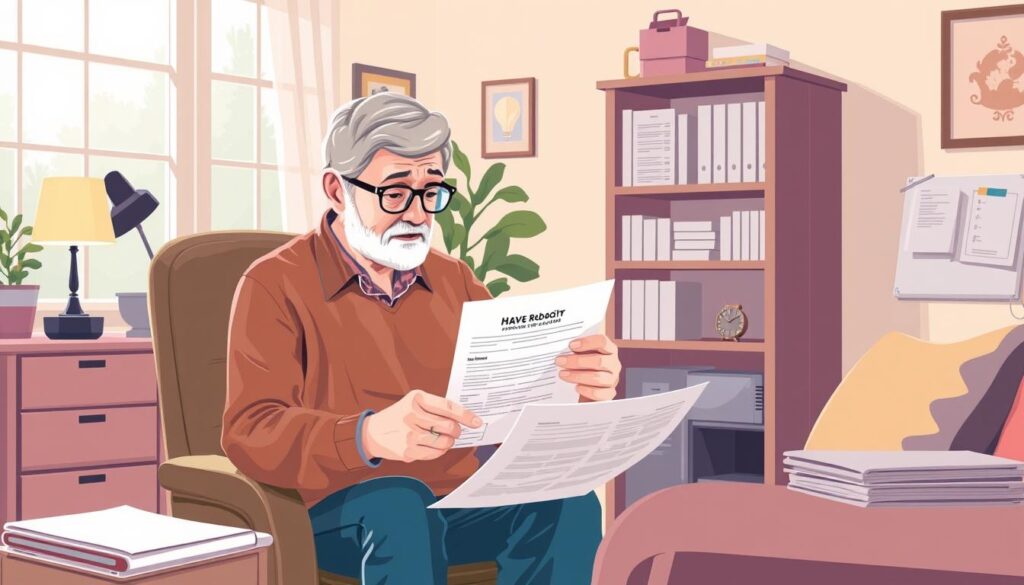
Arizona homeowners can significantly reduce their energy costs by taking advantage of various financial incentives and rebates available for energy-efficient HVAC upgrades. The Inflation Reduction Act of 2022 offers substantial tax credits for qualified energy efficiency improvements.
The federal tax credits can provide up to $3,200 annually if you include a qualified electric heat pump, or up to $1,200 without it. Specific incentives include up to $600 for air conditioners and furnaces, $2,000 for heat pumps, and $150 for professional home energy audits. These incentives can significantly offset the initial costs of upgrading to more efficient heating and cooling systems.
In addition to federal tax credits, Arizona utility companies such as Salt River Project (SRP) and Arizona Public Service (APS) offer rebate programs for energy-efficient equipment. These rebates can range from $200 to $1,000 for qualifying HVAC installations. SRP and APS also provide rebates for smart thermostats, often covering 50-100% of the purchase price when installed by a qualified contractor.
Other benefits include property tax exemptions for renewable energy installations and certain high-efficiency HVAC systems. The Database of State Incentives for Renewables & Efficiency (DSIRE) provides a comprehensive listing of available incentives specific to your location in Arizona.
By combining these incentives, Arizona homeowners can reduce their energy consumption and lower their utility bills. It’s essential to work with knowledgeable contractors to maximize your savings and ensure that all necessary documentation is in place.

